President Mahama recalled that the early years of his government were characterised by a crippling power crisis which led to a very unpopular load management programme.
“This shortage of power hobbled the growth of the economy and affected both business and residential customers. Many businesses had to resort to the use of generators to survive,” he said.
He said the deployment of emergency plants and speeding up the completion of ongoing plants resulted in the addition of more than 800 megawatts (MW) of power over an 18-month period.
That increased generation, in addition to the Energy Sector Levy and ongoing works to restructure the legacy debt of the power utilities, had helped to stabilise the power situation, he added.
He said it had taken a lot of hard work and effort for the government to fix the power situation.
“With the expectation of more domestic gas from the TEN and Sankofa fields, Ghana is entering into an era of energy self-sufficiency. Indeed, the warning signals have started sounding about the danger of over-capacity and excess redundancy in the power sector.
“We have agreed to work with the World Bank to rationalise the addition of new plants and ensure that we achieve optimum utilisation of existing capacity,” he said.
Water and sanitation
On water, President Mahama stated that the universal target for water was to achieve “water for all by the year 2025” and said his vision had been to achieve that target well in advance of the target date.
In that regard, he said, his administration continued to increase investment in the provision of clean drinking water and cited the provision of boreholes, small town water systems and major urban water treatment projects as some initiatives that had significantly increased access to clean drinking water.
“Statistics at the end of 2015 showed that in excess of 76 per cent of both rural and urban residents have access to potable water. The Teshie desalination plant, the Kpong water expansion project and the ATMA project have expanded access to urban water supply in the capital, Accra.
“The Wa water supply project, the 3Ks project, covering Kumawu, Konongo and Kwahu, are all projects guaranteeing sustainable water supply to our people. We estimate that under this administration, we have lifted more than seven million people out of water deprivation,” he said.
Roads and transport
President Mahama contended that his tenure of office had seen some of the most massive investments in the road sector in the history of the country.
He said his vision was to finish off road projects he inherited, such as the Achimota-Ofankor, Awoshie-Pokuase, Sofoline and Tetteh Quarshie-Adenta.
He said the government also commenced and completed the Kwame Nkrumah Interchange, fast-tracked the construction and opening of the Kasoa overhead bridge, completed the Airport Hills/Burma Camp network of roads, as well as the 37-El Wak-Trade Fair road.
“We have also invested more resources in continuing the Eastern corridor road project, asphalt overlay of roads in regional and district capitals and massive investments in cocoa roads across the country have opened up our country significantly,” he added.
He mentioned other projects that were ongoing, such as the Tema Motorway Roundabout decongestion project and a new bridge from Flower Pot Roundabout on the Spintex Road over the Accra-Tema Motorway to East Legon.
He said others were ready to commence, such as the Obetsebi-Lamptey interchange, the Pokuase Interchange and the Motorway expansion project.
Economy
President Mahama said his government inherited an economy that was running a high deficit, with increasing inflation and interest rates and characterised by a rapidly depreciating currency.
He recalled the forum at Senchi and said it was an attempt to forge a consensus for a home-grown fiscal consolidation programme, noting that the outcome eventually became the basis for the International Monitory Fund (IMF) Extended Credit Facility (ECF) programme that the country was implementing.
“The ECF programme had resulted in an improved macro environment which is seeing a steady decline in inflation and interest rates. A new public debt management strategy is also seeing a steady decline in public sector debt, estimated to have dropped from nearly 72 per cent to below 65 per cent. The currency has also enjoyed relative stability, depreciating at just above four per cent this year,” he said
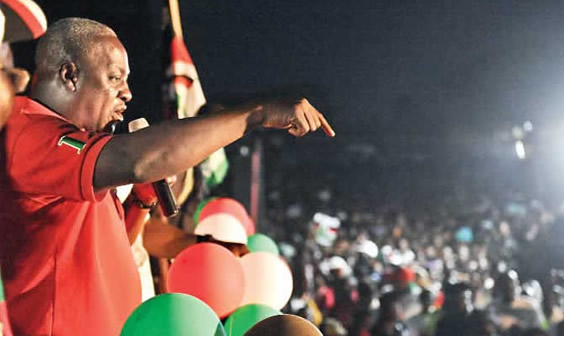
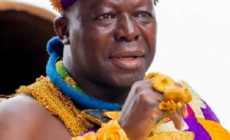
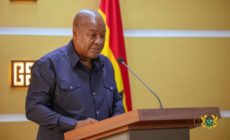
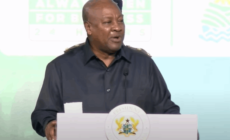
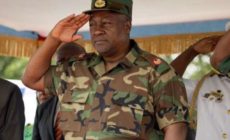






 (Selorm) |
(Selorm) |  (Nana Kwesi)
(Nana Kwesi)